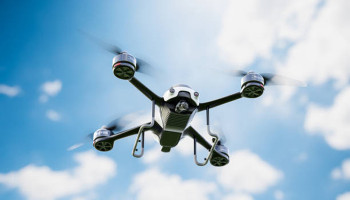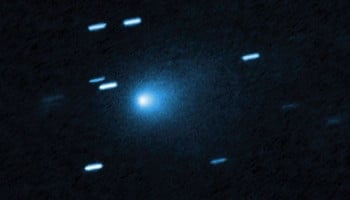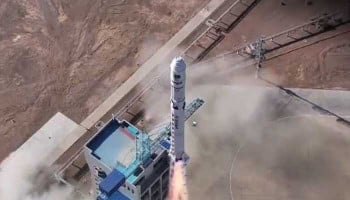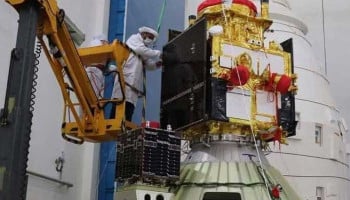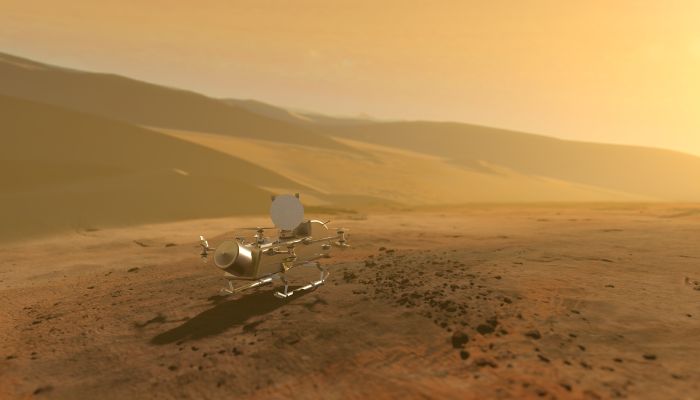
NASA’s Dragonfly Mission will use different types of rotorcraft landers that will help it explore Saturn’s moon, Titan. This is one of NASA’s New Frontiers Program in which the mission is to fly vehicles for scientific purposes to gather information about another planetary body.
The rotorcraft’s body resembles the drone implanted with eight rotors, which is capable of conducting flights across Titan’s surface without any difficulty caused by its environment. The mission is to determine whether or not the Titan is habitable or not, analysing its surface materials and geographical compositions.
Dragonfly will study and evaluate the prebiotic chemistry and look for any signs of life, both water-based and hydrocarbon-based. Titan has a history of possessing liquid water in it while being rich in carbon materials as well.
Owned by billionaire Elon Musk, SpaceX is set to provide its service for the Dragonfly mission.
NASA seeks help for its Dragonfly mission from SpaceX owner billionaire Elon Musk, asking to assist its cause. The price of the contract for the launch service is about $256.6 million, covering the launch and mission-related expenses.
From Kennedy Space Center, Florida, Dragonfly would be launched using the SpaceX Falcon Heavy rocket from July 5 to July 25, 2028, which is expected to reach Titan by 2023.
The mission has adopted an innovative approach that will allow Dragonfly to explore Titan's surface and collect important research data so that it can be determined if life could exist on Titan or debunk the theories altogether.
It aims to analyze the geological diversity and locate any kind of pre-biotic chemicals that are akin to that of Earth. Dragonfly is a milestone as it will be the first rotorcraft technology that will explore outside of Earth, marking it as a big step for further space exploration.





